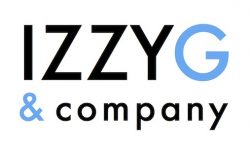The outcome of a team meeting, group get-together brainstorming session, leadership summit or information event depends on many things, not the least of which is the flow of participant energy. We know that participants in groups or departments are often experiencing one or two enegry flow states; they are either being energized or they are being drained of their energy. The state these participants find themselves in effectively impacts the environment for the whole group or organization.
Humor is a language that people use to join and identify a common universe. They consciously and unconsciously make statements through humor about themselves, their relationships, their groups, and their fears, which they find difficult to say otherwise.
Humor, or the lack thereof, functions like a thermostat, controlling the climate within an environment. It is a key component of the atmosphere that surrounds all who interact with each other within any setting. In organizations & meetings, which consist of sets of human relationships, humor is one way the dynamics of the group are illuminated. Simply put, positive humor fosters a warm and inviting feeling. Negative, divisive humor makes a place and its people seem cold, cruel or aloof. Absence of humor altogether indicates a systemic blockage of communication.
This program aims to examine practical ways and means of understanding & using humor personally and professionally and how to channel the energy of humor toward more productibity, cohesion and creativity.
Participants will be able to:
- Distinguish between the 4 functions of humor- shield, weapon, bridge, and spotlight.
- Discuss how humor impacts mental, physical, emotional, and spiritual perception.
- Apply personal sense of humor to varied groups
- Explain how humor functions as a stress manager
- Describe a tactic to recall & retell any joke or humorous story
